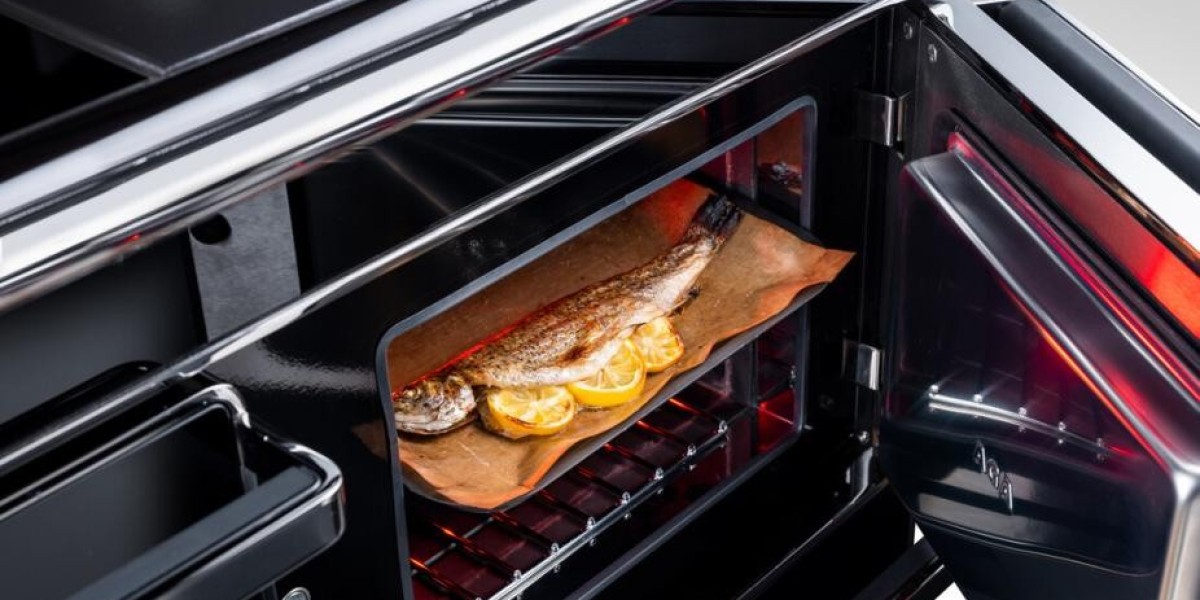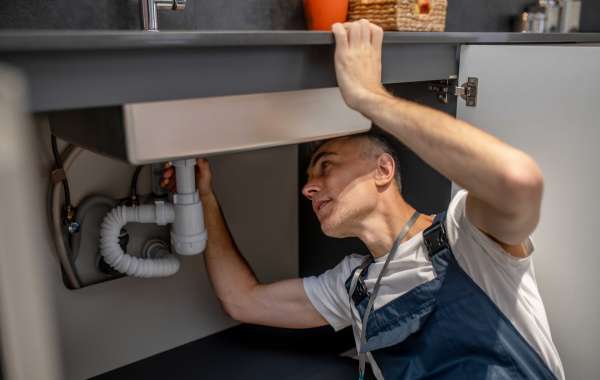In recent years the trend of converting traditional appliances into electric versions has gained significant momentum. The shift is primarily driven by the desire to increase energy efficiency reduce carbon footprints and maintain the charm of classic appliances without compromising modern functionality. Electric conversions allow households to blend the vintage appeal of appliances like classic Aga cookers with the conveniences of electric power making them a popular choice for environmentally conscious consumers.
What Are Electric Conversions?
Electric conversions involve modifying an existing appliance traditionally powered by gas oil or solid fuel to run on electricity. This process requires replacing the original fuel-burning components with electric ones making the appliance compatible with electric power sources. These conversions can range from straightforward plug-and-play kits to more complex custom adaptations depending on the appliance's design and the desired functionality.
Electric conversions have become especially popular in the realm of classic kitchen appliances like Aga cookers. Originally designed to run on gas or oil these cookers are now being retrofitted with electric elements offering homeowners a way to retain their beloved kitchen centerpiece while making it more energy-efficient and easier to manage.
The Benefits of Electric Conversions
The advantages of converting traditional appliances to electric power are numerous and they often outweigh the initial investment required for the conversion. Here are some key benefits:
1. Energy Efficiency
One of the most compelling reasons for electric conversions is the improvement in energy efficiency. Traditional fuel-powered appliances such as oil-fired cookers often lose energy through the combustion process. In contrast electric elements provide a more direct and controlled heat source reducing energy waste. This increased efficiency translates into lower electricity bills and a reduced carbon footprint.
2. Environmental Impact
As the world moves towards greener energy solutions reducing reliance on fossil fuels has become a priority. By converting an oil or gas-powered appliance to electric homeowners can significantly lower their greenhouse gas emissions. Electric conversions contribute to a more sustainable lifestyle aligning with global efforts to combat climate change.
3. Lower Maintenance Costs
Traditional fuel-burning appliances require regular maintenance such as cleaning out soot and checking fuel lines. Electric appliances on the other hand tend to have fewer moving parts and do not produce soot or carbon deposits which can lead to reduced maintenance costs over time. This makes electric conversions a practical choice for those looking to minimize upkeep.
4. Preserving Classic Aesthetic
Many classic appliances like vintage Aga cookers are prized for their timeless designs. Electric conversions allow owners to retain the original look and feel of these appliances while benefiting from modern energy solutions. This way households can enjoy the charm of a classic piece without sacrificing the convenience of contemporary technology.
Applications of Electric Conversions in Classic Kitchen Appliances
Electric conversions are particularly popular in the realm of kitchen appliances where classic designs often hold sentimental and aesthetic value. Here are some examples of how electric conversions are applied to traditional kitchen staples:
1. Electric Conversion Kits for Aga Cookers
Aga cookers known for their durability and heat-retaining properties have been a staple in many homes for decades. Originally these cookers were powered by solid fuel gas or oil. However electric conversion kits now allow homeowners to retrofit their Aga cookers with electric elements. These kits typically include electric heating elements and digital thermostats enabling precise temperature control and more efficient energy use.
Electric conversions make Aga cookers easier to install in homes without existing gas or oil connections expanding their usability to a wider range of households. Additionally the conversion process is designed to be minimally invasive ensuring that the cooker's classic appearance remains intact.
2. Electric Ovens and Ranges
Beyond Aga cookers many homeowners opt to convert classic ovens and ranges to electric power. This conversion allows for better temperature consistency and control essential for baking and roasting. With modern electric controls classic ovens can achieve more precise heat distribution improving cooking results.
3. Vintage Fridges and Freezers
Another area where electric conversions are making a mark is with vintage fridges and freezers. While their retro designs remain appealing their original cooling systems can be inefficient and prone to failure. Converting these appliances to electric cooling systems can breathe new life into them making them suitable for modern use while maintaining their nostalgic charm.
Considerations When Opting for Electric Conversions
While electric conversions offer numerous benefits there are some important factors to consider before proceeding with a conversion project:
1. Cost of Conversion
The initial cost of converting an appliance can be a significant investment especially for larger or more complex items like Aga cookers. This includes the price of the conversion kit professional installation and any modifications needed to accommodate the new electric components. Homeowners should weigh these costs against the potential savings in energy and maintenance to determine if an electric conversion is a worthwhile investment.
2. Compatibility with Existing Setup
Not all appliances are compatible with electric conversion kits. It is essential to consult with a professional to assess the feasibility of converting a particular model. Factors like the size of the appliance the available space for electric elements and the existing wiring setup in the home can all impact the conversion process.
3. Impact on Performance
Electric conversions can alter the performance characteristics of an appliance. For instance a gas-powered oven might produce a different type of heat compared to an electric one which could affect cooking times and results. It is important to understand how the conversion might impact the appliance's functionality and whether it aligns with your cooking or usage preferences.
4. Professional Installation vs. DIY
While some conversion kits are designed for DIY installation many require professional expertise to ensure safety and optimal performance. Professional installers can ensure that the appliance is properly retrofitted and that all electrical connections are secure. This reduces the risk of issues like improper wiring or overheating making it a worthwhile investment for complex conversions.
Conclusion:
Electric conversions offer a practical solution for homeowners who wish to retain the charm and character of classic appliances while benefiting from modern energy efficiency. Whether it’s an iconic Aga cooker or a vintage fridge converting these items to electric power allows them to remain functional and relevant in today's environmentally conscious world. By exploring the Agas and similar classic appliances more people can find a balance between tradition and innovation ensuring that these timeless pieces continue to be enjoyed for generations to come.










